Ujuzi wa Lori la Umeme
Matching of Power Output Devices for Special Purpose Vehicles
Iliyotumwa kwenye kwa Malori ya umeme
The majority of special purpose vehicles are built upon the chassis of basic vehicle models. Hata hivyo, numerous additional power output devices often demand relatively low power but are not optimally coordinated with the normal working state of the engine in the basic vehicle model. This misalignment leads to elevated fuel consumption and compromised efficiency, a problem that becomes particularly pronounced in special purpose vehicles with power output devices that operate for extended periods, demanding greater attention.
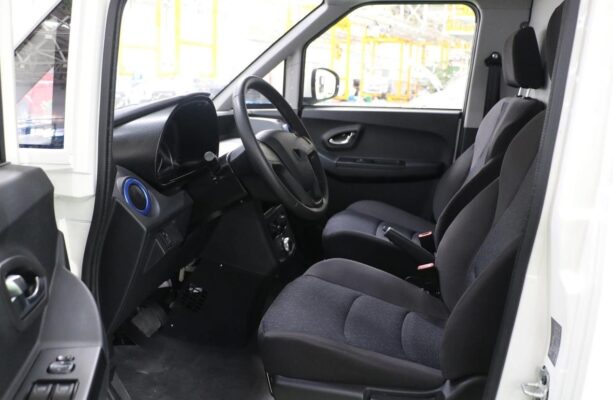
For special purpose vehicles that have low power output requirements but long working hours, a rational selection of the transmission ratio of the power output device is crucial. This selection should aim to fulfill the rated speed requirements of the specialized equipment. Simultaneously, it is necessary to increase the load rate of the engine, reduce its rotational speed, and strive to keep the engine operating in an optimal state as much as possible. The goal is to avoid having the engine operate at high speeds with low loads.
The power matching of the power output device in a special purpose vehicle significantly relies on the transmission ratio of the power output device (which encompasses the transmission ratio of the gearbox) and the transmission ratio of the entire working device. By making a judicious choice of these transmission ratios, it is possible to not only meet the power output requirements of the special purpose vehicle but also ensure a reasonable match between the engine and the power output device. This, in turn, achieves the objectives of fuel conservation and prolonging the service life.
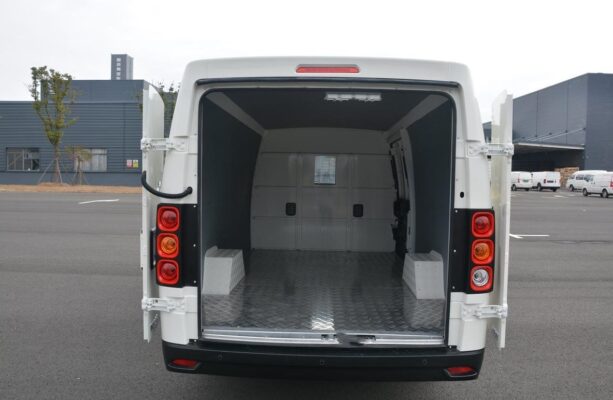
Let’s take a closer look at some examples. Consider a special purpose vehicle used for mobile medical services. It may have equipment such as X-ray machines and medical testing devices that require continuous and stable power supply. If the power output device is not properly matched, the engine might have to work at an inefficient speed to meet the power demands, resulting in increased fuel consumption and potential mechanical stress.
In another instance, a special purpose vehicle designed for environmental cleaning might have vacuum cleaners, water pumps, and spraying systems. The incorrect transmission ratios could lead to the engine running at an unsuitable speed, causing excessive fuel usage and reduced performance of the cleaning equipment.
To achieve an effective power matching, several factors need to be considered. The characteristics of the engine itself, including its power curve and torque output at different speeds, play a vital role. The nature and power requirements of the specific working devices also need to be analyzed in detail. Kwa mfano, some devices might require a constant speed operation, while others might have variable power demands depending on the task at hand.
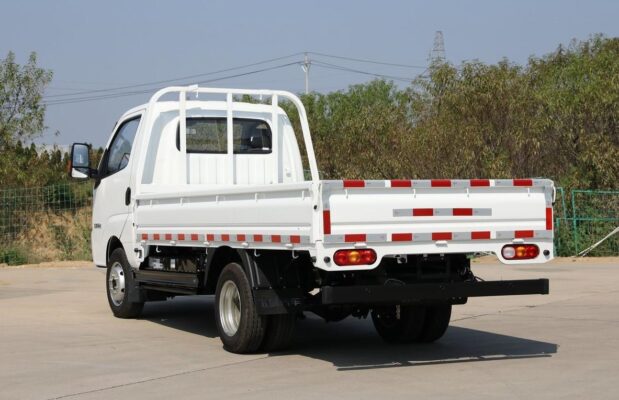
In addition, the working environment and conditions of the special purpose vehicle also impact the power matching. Vehicles operating in hilly terrains or at high altitudes might face different challenges compared to those in flat and low-altitude areas. The load on the engine can vary significantly based on these conditions, influencing the optimal transmission ratios.
Modern technology offers various solutions to improve the power matching of special purpose vehicles. Advanced electronic control systems can monitor the engine’s performance and adjust the power output in real-time to ensure efficient operation. Computer simulations and modeling can be employed during the design stage to predict and optimize the transmission ratios for different working scenarios.
Kwa kuongezea, regular maintenance and calibration of the power output device and transmission system are essential. Worn-out gears or misaligned components can disrupt the transmission ratios, affecting the power matching and overall performance.
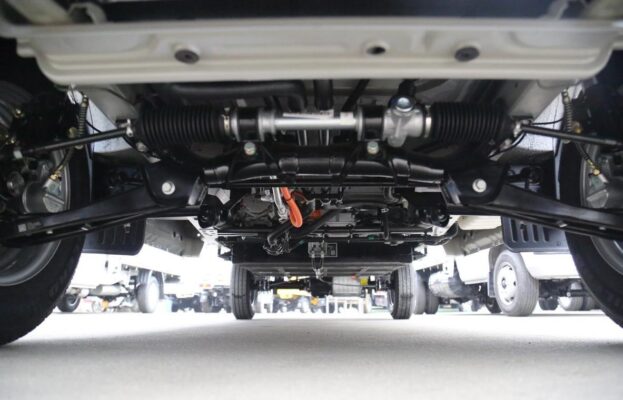
In the context of sustainable development and environmental consciousness, efficient power matching becomes even more critical. Reduced fuel consumption not only cuts operational costs but also lowers emissions, contributing to a greener and more environmentally friendly transportation sector.
In the future, as special purpose vehicles become more sophisticated and diverse in their applications, the importance of precise power output device matching will only increase. Research and development efforts will likely focus on developing more intelligent and adaptive power management systems that can automatically adjust to changing operational requirements and conditions.
This might involve the integration of sensors and machine learning algorithms to continuously optimize the power output and transmission ratios. Zaidi ya hayo, new materials and manufacturing techniques could lead to more efficient and durable power transmission components, further enhancing the performance and reliability of special purpose vehicles.
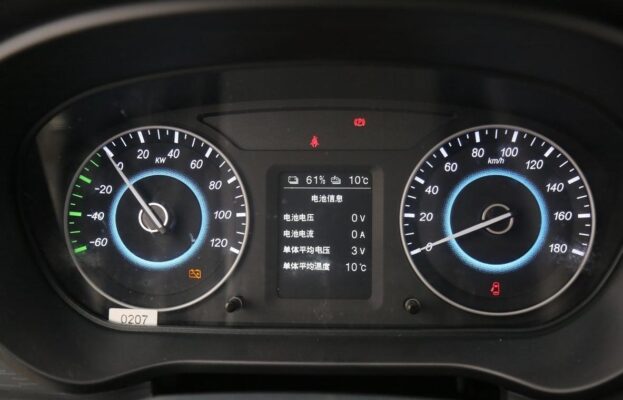
Kwa kumalizia, the proper matching of power output devices for special purpose vehicles is a complex but essential aspect that influences their efficiency, fuel economy, and longevity. By giving careful consideration to factors such as transmission ratios, engine characteristics, and working conditions, and by leveraging advanced technologies and maintenance practices, it is possible to achieve optimal performance and meet the diverse needs of various specialized applications.